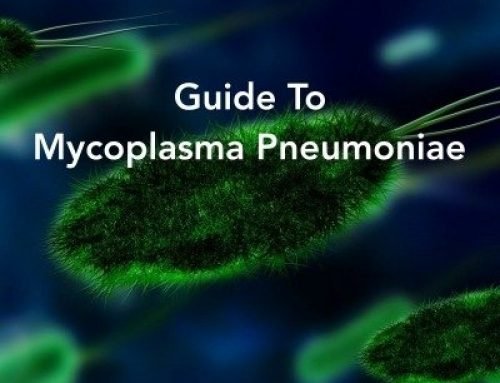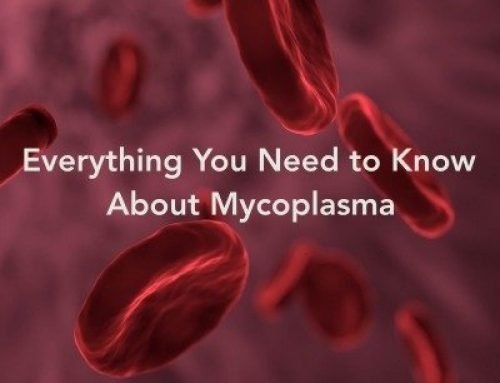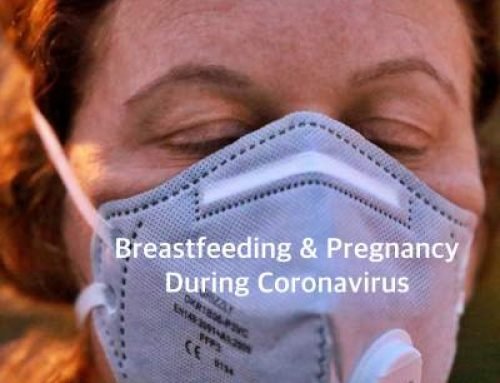Living with Eczema: Symptoms and Treatment
Living with Eczema: Symptoms and Treatment
As explained on Medical News Today, eczema is a condition affecting the skin and it is characterized by inflamed, red, itchy, rough, and cracked skin patches, as well as blisters in some cases. According to statistics, around 31.6 percent of U.S. citizens suffer from various types of this health issue. Eczema as a word is also used when talking specifically about atopic dermatitis, the most common type of this skin condition. Atopic stands for several illnesses involving the immunity, that is, atopic dermatitis, hay fever, and asthma. Dermatitis stands for inflamed skin. There are cases when people outgrow this health issue whereas others carry it throughout adulthood.
What Are the Most Common Symptoms of Eczema?
When it comes to the signs of atopic dermatitis, as seen on Medical News Today, they may vary from person to person, most commonly due to the individual’s age. The condition can occur in infants and it is characterized by scaly and dry patches which are also itchy. In most cases, people develop it prior to the age of 5 whereas others develop it during childhood and continue experiencing the symptoms as adults. It is believed that the major cause for it is an abnormal response of the immunity and genetics plays a crucial role, i.e. people who have the condition also have family members who suffer from asthma or hay fever, as emphasized on Web Md Boots.
There is also a period when they symptoms flare up and become worse and periods when they disappear and improve. Let us take a look at the other possible symptoms that are divided into several groups.
Signs in infants younger than 2:
- Rashes on the cheeks and scalp
- Bubbled up and leaky rashes
- Severe itchiness
Signs in children older than 2 until puberty:
- Rashes on the knees and elbows
- Rashes on the wrists, neck, ankles, and between the left and right buttock and between the legs
- Bumpy rashes
- Lightened or darkened rashes
- Lichenification (thickened rashes, knots, and permanent itching)
Signs after puberty:
- Rashes on the neck’s nape and on the knees and elbows
- Facial rashes
- Dry skin due to the rashes
- Chronic itchiness
- More scaly
- They can trigger skin infections
Other Types of Eczema
As previously mentioned, in addition to atopic eczema, there are other, 7 types of this skin condition and each of the types has its own symptoms and triggers. We will explain them in detail below:
- Contact eczema
It is characterized by redness, a burning sensation, and itchiness when the skin comes into contact with an irritant or an allergen, for example, some chemical or cosmetics, perfumes, washing powders, nickel, etc. The irritation can also happen when the individual comes into direct contact with specific plants like chrysanthemums and primulas. Web Md Boots explain that people with a history of allergies have a higher chance of this type of eczema.
- Neurodermatitis
This inflammation is triggered by a cycle of scratching and itching that starts with a localized itching, i.e. from an insect bite, which further becomes more irritated when it is scratched and stress can make the symptoms worse. Though it can happen in both men and women, it is more common in women, as noted on Web Md Boots. Scaly patches on the lower legs, wrists, head, and forearms are also possible, and, with time, they can become thicker.
- Discoid eczema
The symptoms of this eczema are coin-shaped areas of irritated skin, most commonly formed on the arms, buttocks, back, and legs. They can grow a crust and become scaly and severely itchy. This is one of the least common types and it is mostly seen in elder men.
- Seborrhoeic eczema
The triggers for this type of eczema remain unknown and the condition is characterized by oily, scaly, and yellow patches that develop on the scalp, face, and other body parts. Itching may occur, but not necessarily, and this type is known to run in the family. Some contributing factors, as pointed out on Web Md Boots, are oily skin, excessive stress, irregular shampooing, and harsh weather.
- Herpeticum
According to Web Md Boots, this is a severe infection of the skin triggered by the herpes simplex virus and it can occur in people with atopic eczema or it can be a result of high temperature, swollen lymph glands, and shivering. It can appear on any area of the body, but it is usually most emphasized on the face.
- Dyshidrotic eczema
This eczema is characterized by irritated hand and feet skin with deep, itchy, and burning blisters. Though the triggers remain unknown, this type happens in up to 20 percent of individuals with hand eczema and it is more noticeable in the warmer climates and during spring and summer. It can occur in any gender, regardless of age.
- Statis dermatitis
Known as varicose eczema, as noted on Web Md Boots, is a skin irritation of lower legs and it is associated with venous insufficiency, a circulatory problem during which the functioning of the veins’ valves has been impeded. This type of eczema happens in middle-aged and elderly individuals and the risk increases with age. The skin develops brown-reddish patches on both legs and it is itchy. Blisters, ulcers, and oozing skin lesions are also possible.
What Are Your Treatment Options?
Though there is still no cure for eczema, as pointed out on Medical News Today, the therapy for this skin issue is mainly focused on healing the affected skin and avert flare-ups. When diagnosed with it, the doctor usually puts forward a treatment plan according to the patient’s age, symptoms, and current health. The following treatments can be of great aid in alleviating the symptoms:
- Moisturizers- to keep the skin hydrated and prevent dryness
- Topical corticosteroids- the aim of these creams is to minimize the redness and swelling
- Antihistamines- for severe itching
- Bandages and body suits- this allows the body to heal underneath
- Topical pimecrolimus or tacrolimus– for eczema affecting more sensitive areas of the body
- Antibiotics- they are prescribed if there is also a bacterial skin infection happening
- Phototherapy- the patient is exposed to ultraviolet A and B waves usually for moderate dermatitis
The Importance of Self Care when You Have Eczema
When it comes to eczema, in addition to the therapy prescribed by your physician or dermatologist, it is also important to know the beneficial self-help methods that can be excellent in helping you cope with this health problem and live a quality life. Here are some:
- Apply moisturizer daily and within 3 minutes of showering
- Take lukewarm baths
- Opt for cotton and soft fabrics; avoid the rough ones
- Learn what triggers your eczema and avoid these triggers as much as possible
- When the weather is dry or cold, use a humidifier
- Always trim your fingernails short so that you prevent skin damage from possible scratching
- Use only mild soaps or non-soap cleansers
- When possible, make sure you avoid abrupt changes in temperature and activities that lead to excessive sweating
- Always pat-dry the skin after showers; never rub it dry
Final Thoughts on Eczema
To conclude, eczema is a skin condition which comes in 8 different types and each of these types has its own specific symptoms and triggers. Even though there is no official cure for it yet, in consultation with your physician and dermatologist, you will receive appropriate therapy in accordance with your age, symptoms, and triggers and with the adequate self care, you will be able to control the condition and prevent flare-ups, excessive itching, and other complications.
Insurance
Embry Women’s Health is committed to providing quality, affordable health care. We’re in-network with all major insurance plans, including Aetna, Blue Cross Blue Shield, Cigna and UnitedHealthcare. No insurance? No problem. We offer a simple fee schedule for those who wish to pay out-of-pocket. Click the button below for our complete list and more information:














Leave A Comment